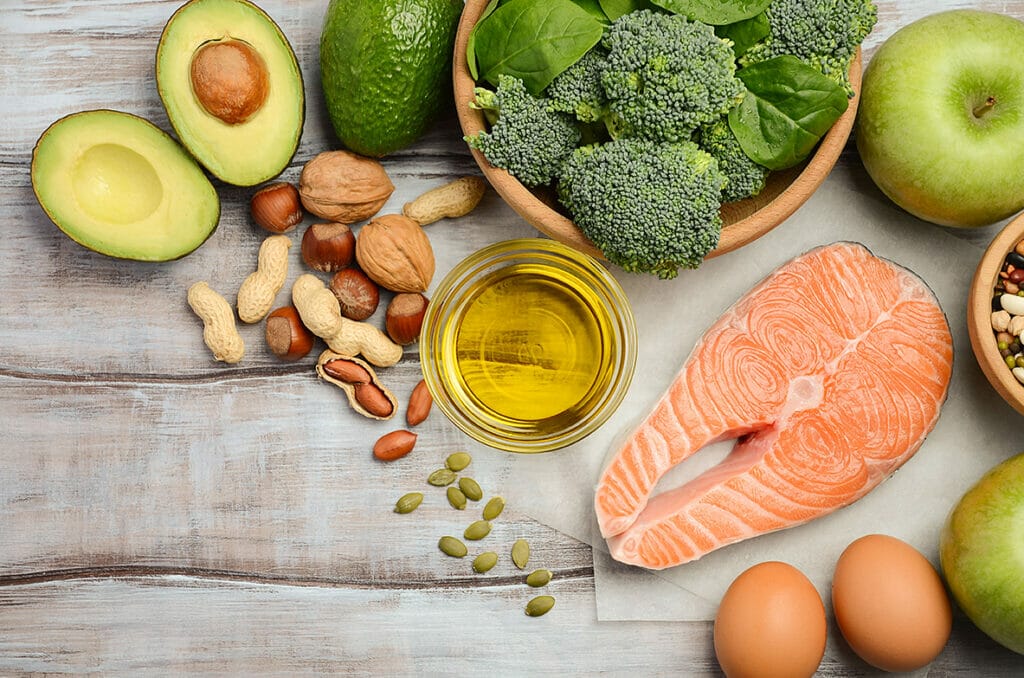Cellular Energy
If the last time you noticed your energy levels heading towards a café for a coffee or cake refill you would not be alone! Life can be very demanding on our body, which can leave our energy levels (or cellular energy) more under par than we would like them to be. However, filling up with those false fires such as coffee, tea, and sugar will only serve to push our energy lower over the day. They may give you an initial lift, but what goes up must come down and we find ourselves back where we started. The buzz never lasts from these types of foods.
What is cellular energy?
Like a battery, our energy needs to be fully recharged to get back to full power again, however, it’s not always just a case of a good night’s sleep to recharge, many still feel their energy is struggling to power up! Inside our trillions of cells, we have a power source that produces our cellular energy, this can be described as cellular respiration which is a process by which many reactions and processes convert chemical energy from nutrients and oxygen into energy.[i]
Cellular energy is called ATP or Adenosine triphosphate which is produced in our mitochondria. Mitochondria found inside the cell and are called organelles, in fact there are said to be anything from 1000 to 2500 mitochondria in each of our trillions of cells, that’s a lot of potential energy![ii] Our cells cannot store ATP which means the mitochondria has to function consistently around the clock, it’s dependent on oxygen, water, carbohydrates, and nutrients to carry out its key role.
In exchange for energy production, we naturally produce levels of toxins we call free radicals in the cells as a byproduct. Thankfully our cells come equipped with antioxidants to neutralise them, this is our inbuilt protective mechanism that needs to be in balance. We do not want too many free radicals being produced as this can cause cellular damage and lessen our ability to produce ATP (energy).

Antioxidants and Omega 3
This natural supply of antioxidants does decrease over time especially as we age, so we need to take them from our foods (and supplements where needed) to help prevent the over production of free radicals that can trigger inflammation, faster ageing, disease and interfere with ATP energy.
Most of the antioxidants we bring into our body comes from plant foods which we are most familiar with such as Vitamin C, E, A, beta-carotene and more. However, Omega 3 fatty acids can also support equilibrium between the creation of cellular energy and free radical production. They have been shown to support our antioxidant defenses.[iii]
EPA (Eicosapentaenoic acid) and DHA (docosahexaenoic acid) are the Omega 3 fatty acids commonly found in fish (and from algae sources).
Omega 3 fatty acids have been linked to numerous health benefits including brain & heart health, inflammation, eye & skin health, fetal development and much more[iv] We don’t often consider that they can also support cellular energy by way of their antioxidant protection and by protecting our cellular membranes.
Cell structure and cellular energy
The cell membrane is also called the biological membrane, they hold our cells in place and are found inside the cellular structure. Our membranes are made up of lipids (fats) which is needed to maintain the fluidity its flexibility to allow nutrients to pass into the cell and cellular wastes out.[v] Our cellular membranes also send and receive messages and transport molecules into and out of the cells and the inner compartments.
Our mitochondria which are also protected by a lipid membrane, are highly dependent on nutrients whilst being very susceptible to environmental toxins and oxidative damage. Low nutrient status can lead to a weakening of the membrane structures and increased free radical production which lead to reduction in cellular energy production.
Protecting our cellular membranes are important, the lipid (fatty) layer which are called phospholipids, need nutrient support. EPA and DHA (Omega 3 fatty acids) are fats that can support membrane function via their ability to reduce membrane lipid peroxidation (free radicals damage to the lipids), so they help to protect our trillions of cells and intracellular structures.[vi]
Other factors than can lead to inflammation and decline in membrane integrity include –
- Excess exposure to heavy metals, pesticides, herbicides and other pollutants.
- Ageing.
- Viruses.
- Alcohol.
- Smoking.
- Chronic stress.
- Some medical drugs and more.

Supporting cellular energy
When we are low in energy many individuals choose supportive supplements such as B vitamins, magnesium or CoQ10 all of which have been well documented for their action on energy production. EPA and DHA are not so commonly used for this purpose, yet their function at the cellular level makes it a supplement we could consider to support us when we need to power up!
We need to ensure a good quality marine fish oil that provides optimal bioavailability of EPA and DHA essential fatty acids whilst ensuring its purity. Choosing clean sources is important, those that do not contain heavy metals and environmental pollutants that can damage our cellular membranes and effect or weaken our mitochondria function further.
Energy is an inside job and it’s the role of our mitochondria to be able to produce adequate levels for us, when we have chronically poor energy that a good night’s sleep cannot fix, we have to go to the cell level. I liken this to a workforce which are over worked and underpaid, our mighty mitochondria can start to slow down, go on strike and demand higher wages and better working conditions. Our mitochondria are no different as their currency exchange are the best nutrients, we can possibly supply to them, a clean working environment, as well as sunlight, oxygen, movement, exercise and hydration which can support optimal output.
References
[i] https://en.wikipedia.org/wiki/Cellular_respiration
[ii] Pizzorno J. Mitochondria-Fundamental to Life and Health. Integr Med (Encinitas). 2014 Apr;13(2):8-15. PMID: 26770084; PMCID: PMC4684129.
[iii] https://www.sciencedirect.com/science/article/abs/pii/S1043661819311910
[iv] Swanson D, Block R, Mousa SA. Omega-3 fatty acids EPA and DHA: health benefits throughout life. Adv Nutr. 2012 Jan;3(1):1-7. doi: 10.3945/an.111.000893. Epub 2012 Jan 5. PMID: 22332096; PMCID: PMC3262608.
[v] Watson H. Biological membranes. Essays Biochem. 2015;59:43-69. doi: 10.1042/bse0590043. PMID: 26504250; PMCID: PMC4626904.
[vi] https://www.sciencedirect.com/science/article/pii/S0005273616303297







